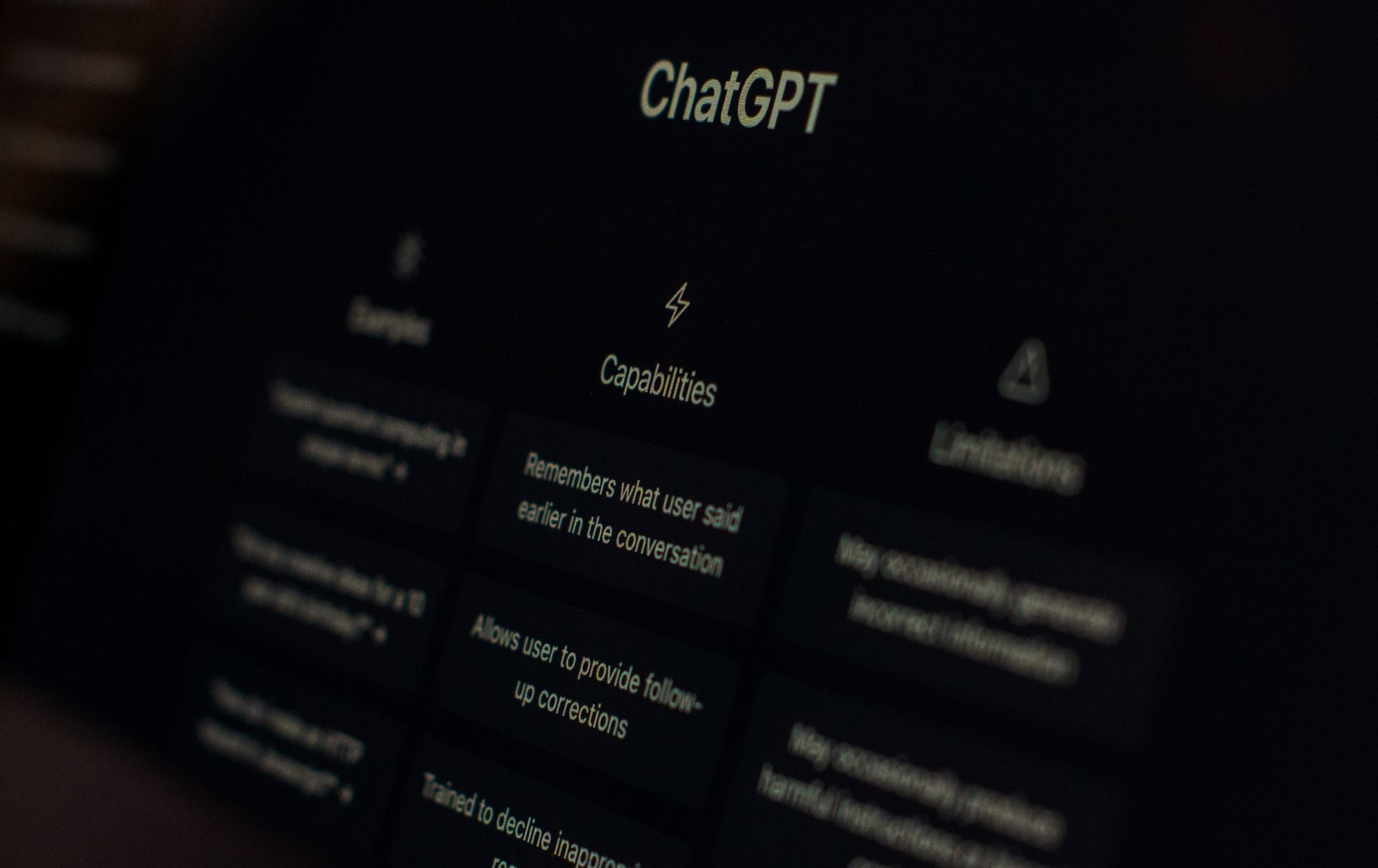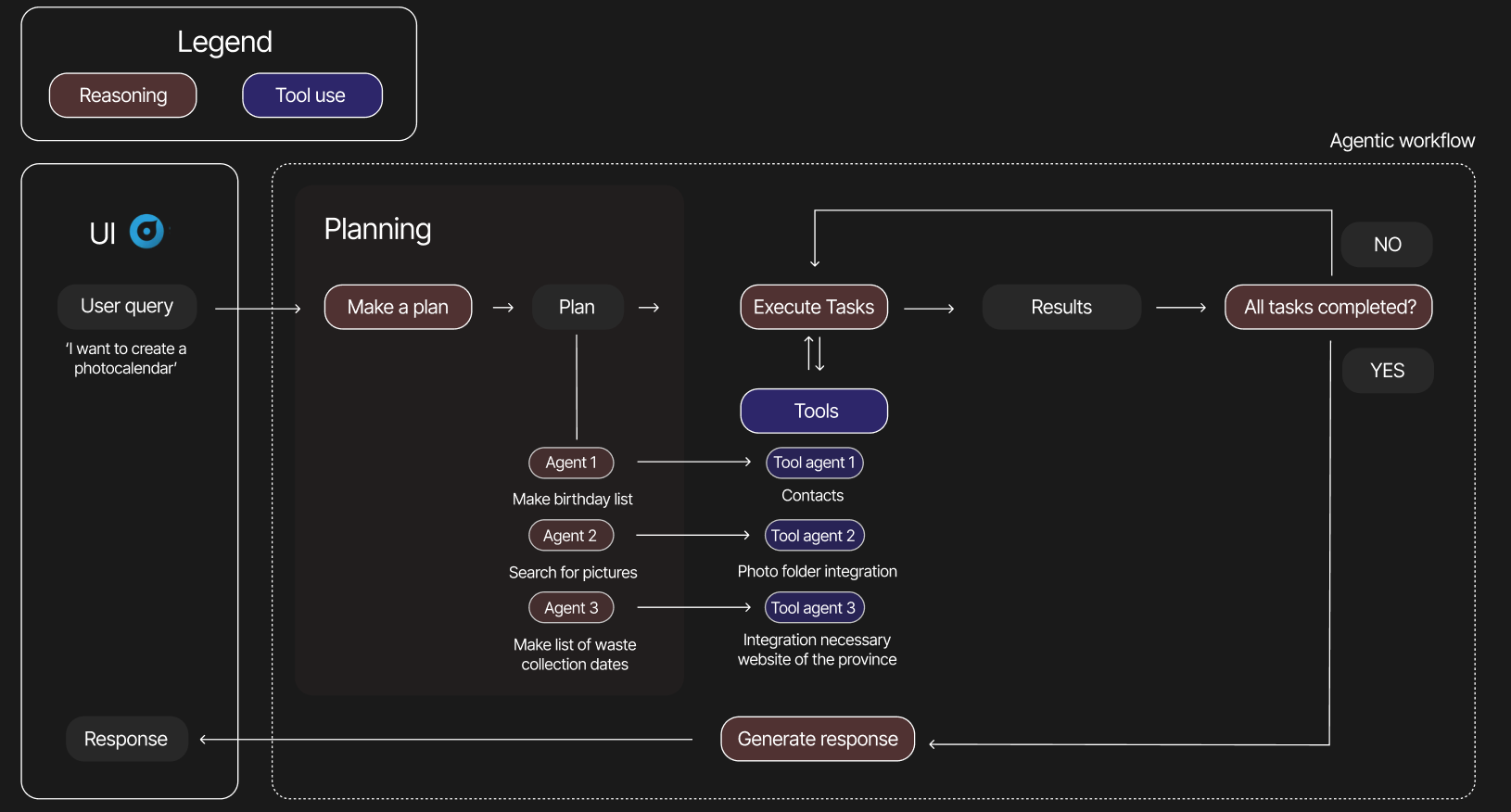
It’s a question as old as marketing itself: how do brands stay top-of-mind in a world where consumers are too busy to dwell on every little decision? For years, brands have pulled out all the stops: not just selling products, but crafting immersive brand experiences. The total package: build trust, shape an identity, and make sure consumers think of you first… or better yet, forget your competitors exist altogether. Once that bond is established, maintaining it should be a breeze. Right?
Well, not anymore.
The rise of AI agents - autonomous systems that scan the web, compare options, and make choices on our behalf - has turned that playbook upside down. Since the agentic web took off in 2025, it’s created a whole new layer between brands and their customers. One filled with both opportunities and risk. Because here’s the truth: if your brand isn’t ready for this shift, it might just vanish into the algorithmic void.
But how would you stop that from happening?
Before trying to answer this question, here’s a quick refresher on the basics:
“An agent is an AI system - typically backed by one or more large language models - that is given a specific goal and then autonomously decides how to reach it, through the use of specialized “tools”. These tools enhance its ability to interact with the world, retrieve real-time data, and perform tasks beyond its built-in knowledge. An AI system keeps running autonomously until it decides a proper solution is generated.”
Those “tools” could be anything from databases and calendars to APIs or shopping platforms: whatever the agent needs to fulfil its mission. The most crucial part is that it doesn’t stop until it decides a proper solution is reached.
Imagine this: I want to create a personalized photo calendar with Smartphoto. Here’s what the agent’s workflow might look like in practice:

The user intent is: ‘I want to create a photo calendar.’
The system then combines all that into a ready-to-order photo calendar.
This is agentic AI in action. And here’s the kicker: I wasn’t comparing brands, making decisions, or clicking through offers. The agent did it for me. That makes the agent the new gatekeeper.
Until recently, brands spoke directly to their customers through websites, stores, or apps. Now, agents sit squarely in the middle. It filters options. Compares offers. Selects the best fit.
If I ask my AI, “Find me a good shovel for my garden,” the agent might return options from Hubo, Brico, or Gamma. But if your brand isn’t part of the dataset - if it isn’t machine-readable or integrated - then you simply don’t exist in that search. And if your offer is purely transactional (just a product, a price, and a delivery window) then the algorithm will always pick the cheapest or best-rated option. The brand itself becomes irrelevant.
So the real question is: how do you move beyond being purely transactional, and make your brand matter to both people and agents?
In the age of agents, brands now serve two audiences. They need to do double work:
1. Build for people
People choose based on emotion, trust, and identity.
2. Build for agents
Agents choose based on data, integration, and transparency.
Together with Deutsche Telekom and Saatchi & Saatchi, we built a project that captures this duality beautifully.
Gen Z spends their summers living in WhatsApp group chats — sharing memes, planning festivals, and posting photos. Our campaign, “A summer to remember,” turned those fleeting digital moments into something lasting.
At the end of the summer, users could simply type: “make me a mem.” The AI system then generated a short aftermovie summarizing their summer, complete with photos, voice notes, messages, and highlights. Behind the scenes, dozens of AI agents worked together: one selected images, another crafted the storyline, others matched messages to photos or analyzed video clips. Each agent contributed to creating something deeply personal and emotional, all through automation.
The takeaway? Agentic systems aren’t just technical. They can also amplify emotion and storytelling at scale. And that’s exactly where the future of branding lies: combining emotion for people, and structured data for agents.
Ten years ago, every brand had to master SEO, to rank in Google’s results. Ranking high meant being discovered, and that visibility was everything. If people didn’t find you in search, they didn’t find you at all. Fast forward to today, and a new discipline is taking shape: AEO, or Agent Engine Optimization. In the near future, brands will need to rank not just in search engines, but in decision engines: the ChatGPTs, Geminis, or Claudes of the world that will increasingly handle our choices for us.
OpenAI’s evolution of ChatGPT from chatbot to platform shows how this future is already being built. With ChatGPT apps, brands can now embed interactive experiences inside the chat itself. Instead of asking, “Find a playlist for my party,” users can say, “Spotify, make a playlist for my party this Friday” - and the Spotify app springs to life within the chat, complete with controls, recommendations, and conversation-aware prompts. These ChatGPT apps are platform-specific, branded apps that run inside ChatGPT’s own interface. They come with front-end logic, design, and user experience.
But that’s not all: even commerce is being reimagined. OpenAI recently also launched the Agentic Commerce Protocol (ACP) with Stripe, allowing users to complete purchases directly within ChatGPT. No website required.
Their demo at the launch was strikingly simple: it shows a consumer simply typing a request into ChatGPT (in this case, searching for handmade ceramic dinnerware). ChatGPT integrates directly with Etsy, shows the options, and even completes the checkouts - all without the customer ever visiting the brand’s website. Your brand doesn’t even need to be searched for anymore. It needs to be accessible for the AI agent that’s doing the searching (and the buying) for the user.
These apps and protocols run on a new connective layer: the Model Context Protocol (MCP), often described as the USB-C of AI.
MCP is the open standard that allows agents (any LLM, not just ChatGPT) to “plug in” to external tools, APIs, and data sources. It turns your service into something agents can operate autonomously: fetching stock data, checking delivery times, or managing returns. Instead of building a custom integration for every single agent, MCP makes it plug-and-play.
So, if ChatGPT apps are your front door - the branded, user-facing experience - MCP is your backbone, the technical infrastructure that makes your service agent-operable across the ecosystem. One builds emotional connection; the other ensures machine readability and interoperability. Together, they form the foundation of Agent Engine Optimization.
This shift introduces a radically new interface paradigm. Where websites and mobile apps required users to come to you, ChatGPT apps bring your brand to them, when and where it’s contextually relevant. If a future conversation turns to furniture-buying, ChatGPT might proactively suggest the IKEA app. Planning a trip? The Ryanair app surfaces inside the chat, letting you book flights without leaving the interface.
This changes the rules of visibility for brands. You’re no longer optimizing to appear in a list of results, you’re optimizing to be invoked at the right moment by the right agent, in the right context. That’s AEO.
Maybe an even tougher question: do brands even want to be part of this world?
Integrating with AI agents means giving up some control. Once a brand is inside that ecosystem, it’s no longer the one guiding the journey. The agent is. The brand becomes part of a comparison engine: filtered, ranked, and explained. Some brands, like Spotify, have already leaned in. They’ve built their own ChatGPT apps and embraced the shift.
Others hesitate. For brands that obsess over every touchpoint in the customer journey (tone of voice, UI, experience…) handing over the steering wheel to a third-party agent might feel like too big a risk. Why let someone else control the flow when you've spent years crafting it yourself? Then again, this urge to guard the full customer journey isn’t unique to agentic AI. Take the streaming industry: there are apps that try to merge all streaming services into one hub (like the Apple TV App). Yet bigger players like Netflix don’t play along. Why? Because they want to keep the entire UX under their own roof, not “offload” it to Apple.
And there’s another stream of thought: brands that might deliberately stay out. In a digital landscape flooded with synthetic content, some may choose to limit AI access or even go partially offline, turning scarcity and authenticity into part of their identity. After all, when everything is mediated by algorithms, being unmediated can become a luxury. A kind of digital exclusivity that says: if you want us, come find us yourself.
And yet, opting out may not be a real option. If consumers adopt agents as their default way of discovering, buying, and interacting, then brands will need to be present here. That may be the trade-off: control versus reach. And it’s one brands will have to wrestle with sooner rather than later.
To stay relevant, brands must do double work: emotional for humans, functional for agents. That’s the new brand assignment in the age of AI.
Your framework:
Because when AI agents make the decisions, transactional brands will fade away. But the meaningful ones, the brands that combine heart and structure, story and data, will not just survive. They’ll thrive.
Got questions about this new playbook, ChatGPT apps, or MCP, and what this tech could mean for your brand or business? Don’t hesitate to reach out.

Written by
Hannah Patronoudis